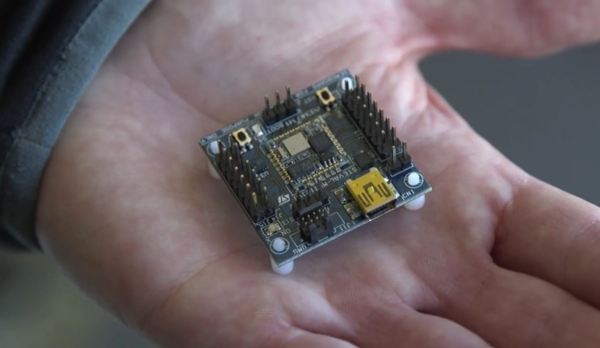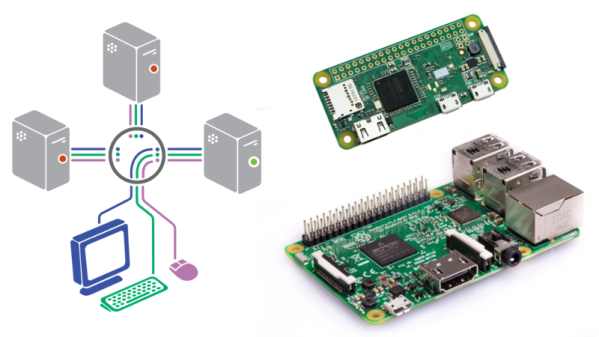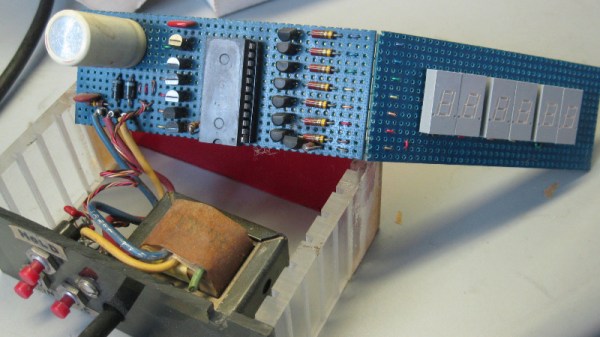Buckle up, buttercup because this is the last weekly Hackaday Links post you’re getting for two weeks. Why? We have a thing next weekend. The Hackaday Superconference is November 11th and 12th (and also the 10th, because there’s a pre-game party), and it’s going to be the best hardware con you’ve ever seen. Don’t have a ticket? Too bad! But we’ll have something for our Internet denizens too.
So, you’re not going to the Hackaday Supercon but you’d like to hang out with like-minded people? GOOD NEWS! Barnes & Noble is having their third annual Mini Maker Faire on November 11th and 12th. Which Barnes & Noble? A lot of them. Our reports tell us this tends to be geared more towards the younger kids, but there are some cool people doing demonstrations. Worst case scenario? You can pick up a copy of 2600.
PoC || GTFO 0x16 is out! Pastor Laphroaig Races The Runtime Relinker And Other True Tales Of Cleverness And Craft! This PDF is a Shell Script That Runs a Python Webserver That Serves a Scala-Based JavaScript Compiler With an HTML5 Hex Viewer; or, Reverse Engineer Your Own Damn Polyglot.
In, ‘Oh, wow, this is going to be stupid’ news, I received an interesting product announcement this week. It’s a USB C power bank with an integrated hand warmer. Just think: you can recharge your phone on the go, warm your hands in the dead of winter, and hope your random battery pack from China doesn’t explode in your pocket. I’m not linking to this because it’s that dumb.
You can now cross-compile ARM with GCC in Visual Studio.
The iPhone X is out, and that means two things. There are far too many YouTube videos of people waiting in line for a phone (and not the good kind), and iFixit did a teardown. This thing is glorious. There are two batteries and a crazy double-milled PCB stack with strange and weird mezzanine connectors. The main board for the iPhone X is completely unrepairable, but it’s a work of engineering art. No word yet on reusing the mini-Kinect in the iPhone X.
Speaking of irreparable computers, the Commodore 64 is not. [Drygol] recently came across a C64 that was apparently the engine controller for a monster truck found on the bottom of the ocean. This thing was trashed, filled with rust and corrosion, and the power button just fell off. Prior to cleaning, [Drygol] soldered a new power button, bowered it up, and it worked. The crappiest C64 was repairable. A bit of cleaning, painting the case, and the installation of an SD2IEC brought this computer back to life, ready for another thirty years of retrogaming and BASIC.
The Zynq from Xilinx is one of the most interesting parts in recent memory. It’s a dual-core ARM Cortex A9 combined with an FPGA with a little more than a million reconfigurable gates. It’s been turned into a synth, a quadcopter, all of British radio, and it’s a Pynq dev board. Now there’s a new part in the Zynq family, an RFSoC that combines the general ARM/FPGA format with some RF wizardry. It’s designed for 5G wireless and radar (!), and one of those parts we can’t wait to see in use.
Do you keep blowing stuff up when attaching a USB to UART adapter to a board? Never fear, because here’s one with galvanic isolation. This is done with a neat digital isolator from Maxim



















